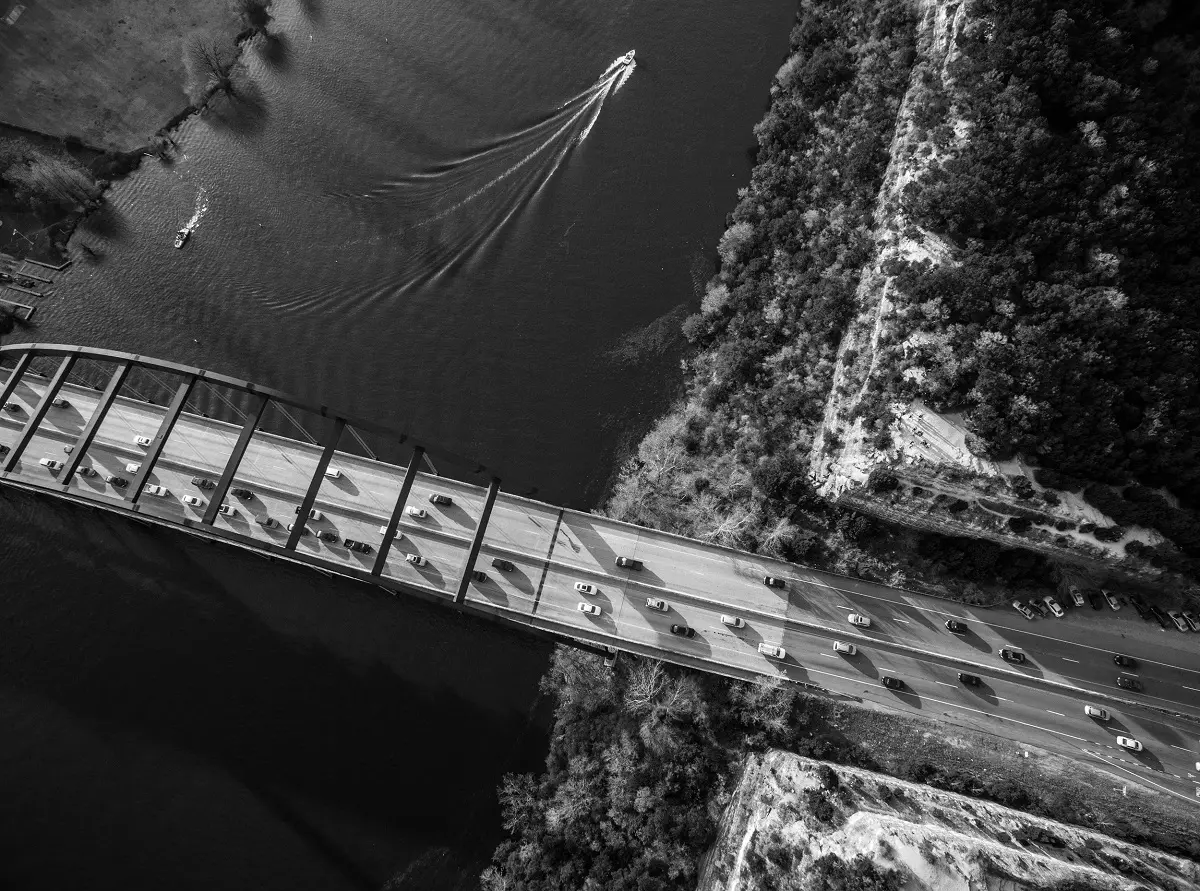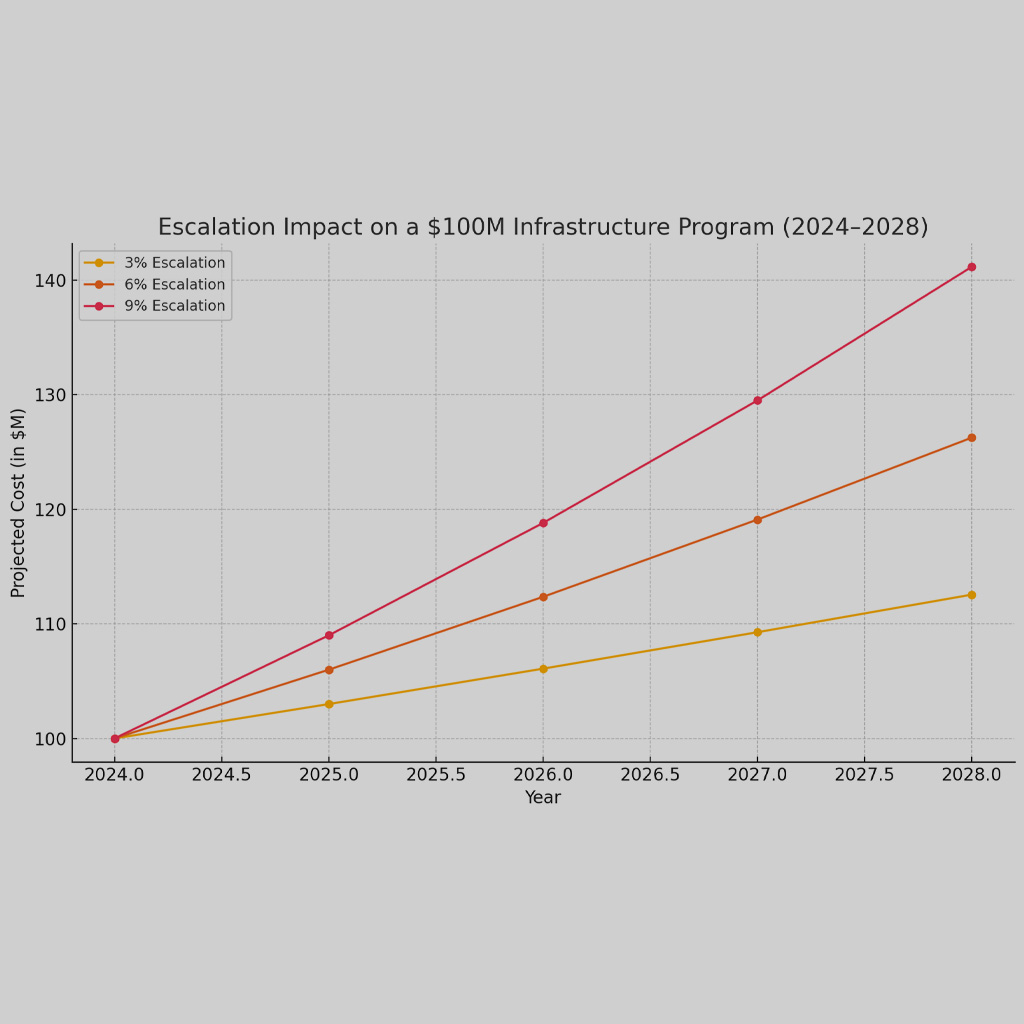Prioritizing Community Projects
Prioritizing community projects for a capital improvement bond package is a critical endeavor. This guide delves into the essential steps involved in this process, highlighting the significance of a well-structured bond proposal. By focusing on the needs and aspirations of the community, the municipal improvement bond plan aims to foster inclusive and sustainable development.
Importance of Community Development:
“Prioritizing community projects through a well-defined capital improvement bond package empowers local development and addresses crucial infrastructure and service needs effectively.”
By engaging in a comprehensive assessment of community needs and involving stakeholders in the decision-making process, the community development bond package endeavors to create impactful and meaningful changes that resonate with residents.
Community Needs Assessment: Understanding Community Needs
Identifying the areas in the community that require development is a fundamental aspect of the municipal needs evaluation. By conducting a thorough analysis of the community’s requirements, it becomes possible to gain insights into the specific areas that necessitate attention and improvement. This process involves examining various facets such as infrastructure, public services, recreational facilities, and other essential components that contribute to the well-being of residents.
Involving Stakeholders
Engaging with a diverse group of stakeholders is vital for ensuring that the community needs assessment is comprehensive and inclusive. By involving representatives from local government, community organizations, businesses, and residents, a more holistic understanding of the community’s needs can be achieved. This collaborative approach fosters transparency and empowers stakeholders to contribute their perspectives, thereby enriching the assessment process with valuable insights and diverse viewpoints.
Importance of Collaboration:
“Involving stakeholders in the municipal requirements analysis fosters a sense of ownership and collective responsibility for addressing critical community needs effectively.”
By embracing inclusivity and collaboration, the community can work towards creating sustainable solutions that cater to the diverse needs and aspirations of its residents.
Public Outreach Importance
Effective public outreach is crucial for gathering valuable input from community members regarding their priorities for development projects. By engaging with the community through various channels, such as town hall meetings, surveys, and public forums, local authorities can gain insights into the specific needs and aspirations of residents. This inclusive approach ensures that the proposed capital improvement bond package aligns with the genuine requirements of the community.
Engaging the Community
Engaging the community in discussions about potential development projects fosters a sense of ownership and involvement among residents. When individuals feel that their voices are heard and valued, they are more likely to actively participate in the process and support initiatives aimed at enhancing their neighborhoods. This collaborative engagement empowers community members to take an active role in shaping the future of their locality.
Transparency and Communication
Maintaining transparent communication channels during public outreach is essential for fostering trust and understanding among community members. Open dialogue and clear dissemination of information regarding proposed projects help build credibility and confidence in the decision-making process. By ensuring that residents are well-informed about the details of the capital improvement bond package, local authorities can establish a foundation of transparency that strengthens community relationships and encourages active participation.
Importance of Community Engagement:
“Community engagement is vital for creating a sense of shared responsibility and promoting sustainable development aligned with the genuine needs of residents.”
Bond Election Time Frame
Setting the timeline for bond elections is a critical aspect of the municipal bond voting schedule. Clear and well-defined timelines provide structure and ensure that the process moves forward efficiently. By establishing specific dates for key milestones, such as public hearings, informational sessions, and the actual voting day, local authorities can effectively manage the election process and keep stakeholders informed.
Understanding the legal and procedural considerations related to bond elections is crucial for ensuring compliance and successful execution. Municipalities must adhere to legal requirements governing the timing of bond elections, including notification periods, ballot language approval, and other procedural aspects. This understanding enables local governments to navigate the election process with confidence and transparency, ultimately contributing to the credibility of the capital funding election timeline.
Legal and Procedural Considerations
Understanding the legal and procedural aspects of bond elections is crucial for compliance and successful execution. Municipalities must adhere to legal requirements governing the timing of bond elections, including notification periods, ballot language approval, and other procedural aspects. This understanding enables local governments to navigate the election process with confidence and transparency, ultimately contributing to the credibility of the capital funding election timeline.
Well-Defined Bond Proposal
A clear capital funding proposition is essential for the successful prioritization of community projects. It should encompass a precise municipal improvement plan that outlines specific projects and their intended impact on the community. By providing clarity and specificity, the bond proposal ensures that stakeholders have a comprehensive understanding of the proposed initiatives and their significance in addressing community needs.
Importance of Clarity:
“A well-defined bond proposal with clarity and specificity enables stakeholders to grasp the tangible benefits of the proposed projects, fostering informed decision-making.”
Furthermore, ensuring the financial viability of the bond proposal is crucial for gaining community support and successful implementation. A comprehensive financial assessment guarantees that the proposed projects are feasible within the allocated budget, instilling confidence in residents and stakeholders regarding the responsible management of resources.
Empowering Community Development
By prioritizing community projects for a capital improvement bond package, local authorities can effectively empower community development and address crucial needs. This strategic allocation of resources aims to enhance infrastructure, public services, and recreational facilities, fostering sustainable and inclusive growth within the municipality.
Effective implementation of the municipal improvement bond plan ensures that the proposed projects align with the genuine requirements and aspirations of the community. By addressing these essential needs, local governments contribute to the overall well-being and quality of life for residents, thereby empowering community development in a meaningful and impactful manner.
At Front Line Advisory Group, we are pioneers in Capital Improvement Bond Management, leveraging unparalleled expertise and deep industry insights. Our mission extends beyond consultation – we empower our clients to realize the full potential of their investments, ensuring tax dollars are put to maximum use through astute Program Management Consulting. For more information or to commence your journey towards transformative bond management, reach out to us at info@frontlineadvisorygroup.com













